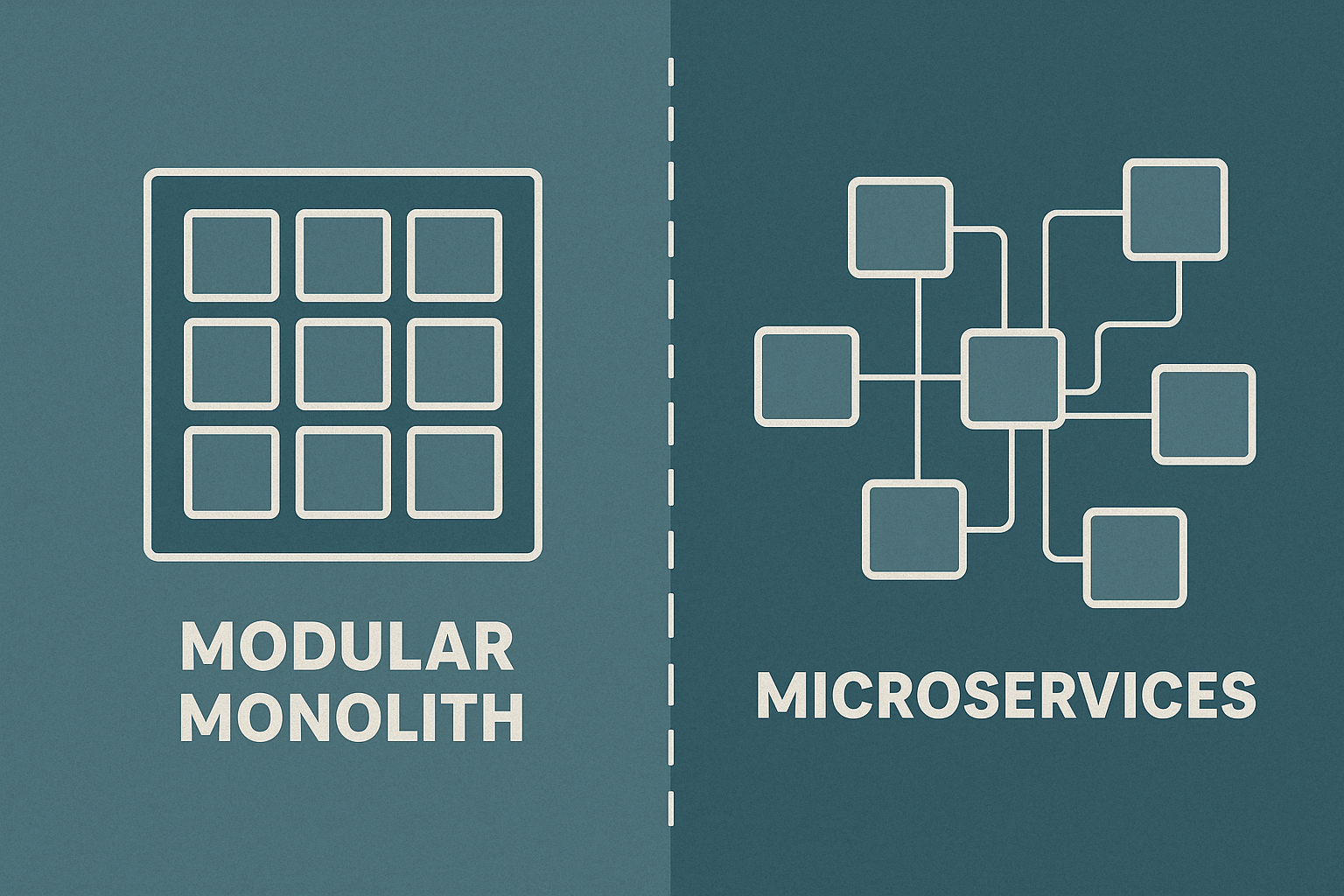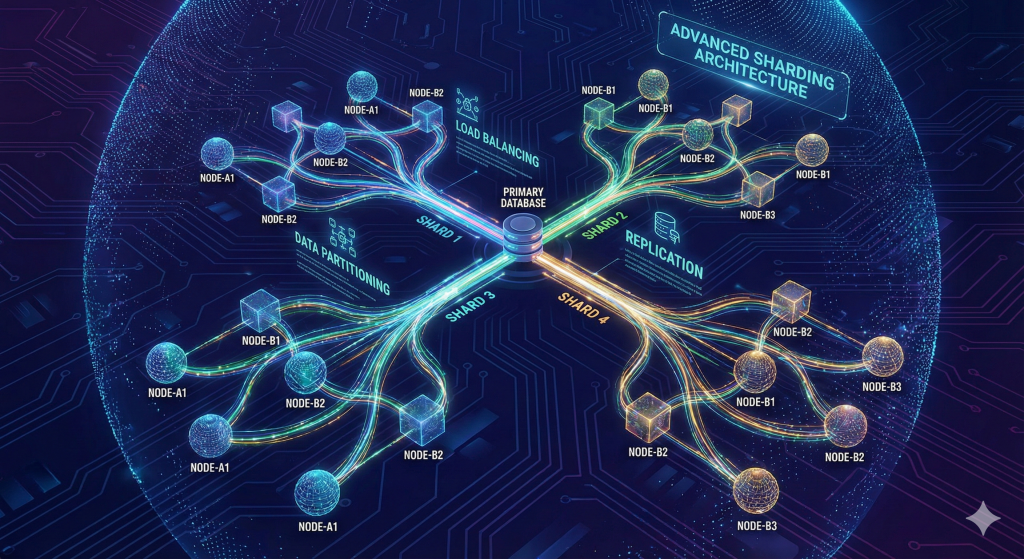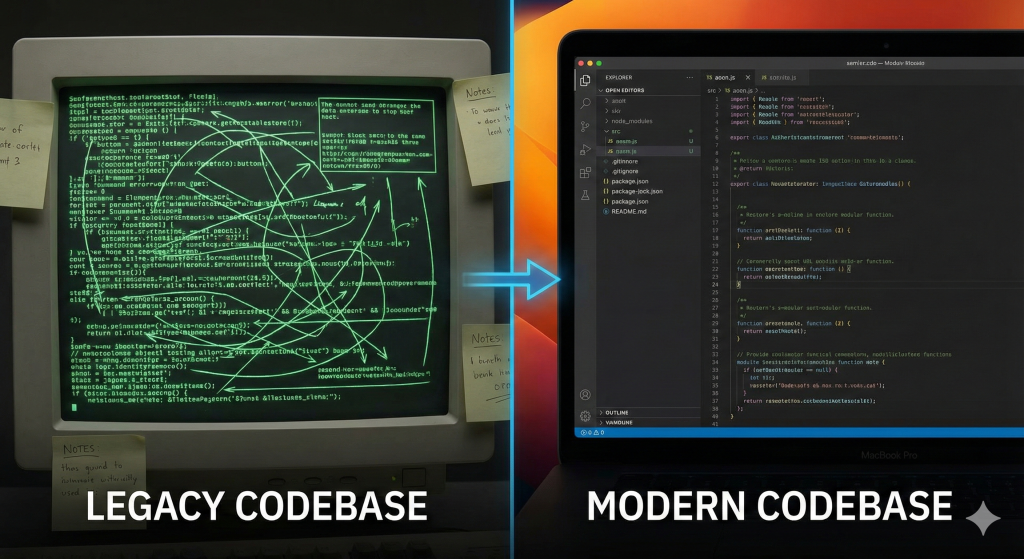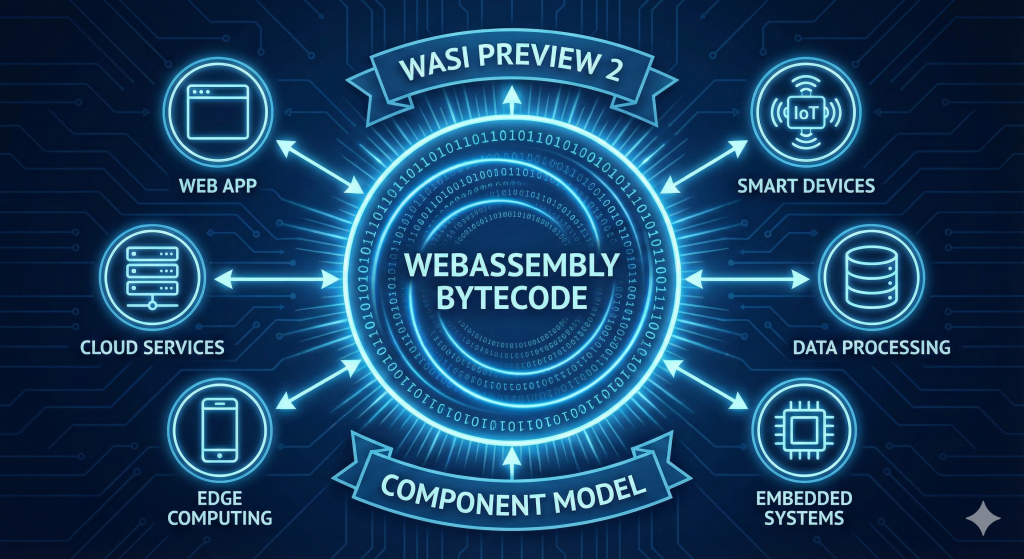Introduction to Software Architecture Paradigms
In today’s rapidly evolving software landscape, architects and developers continuously face pivotal decisions regarding how to structure their applications. Two prominent paradigms have emerged at the forefront of these debates: the modular monolith and microservices architectures. Understanding the nuances between these two approaches is key to aligning your technical strategies with business goals. In this post, we explore the dynamics of a modern approach titled “Modular Monolith vs Microservices: When to Consolidate Your Architecture” and offer in-depth insights into the strengths, limitations, and transition strategies between these architectures. For additional context on transitioning architectures, you might find our post on Implementing Continuous Integration and Deployment Pipelines for Microservices helpful.
Understanding Modular Monoliths: Strengths and Limitations
A modular monolith is essentially a single deployable unit composed of well-defined modules. Each module encapsulates distinct business functionalities, ensuring that while your application is a unified piece, the code remains organized and maintainable. This approach promotes simplicity in deployment since every component resides in a single application package.
Advantages:
- Simplified Deployment: Because the entire application is deployed together, you avoid the complexity of orchestrating multiple services. (DZone)
- Enhanced Modularity: With clear boundaries between modules, developers enjoy better maintainability and clarity in the codebase. (DZone)
- No Network Overhead: Communication is done through in-process calls, which avoid latency issues introduced by network calls. (DZone)
Disadvantages:
- Limited Scalability: Since scaling is done at the application level, individual modules cannot be scaled independently, which might lead to resource inefficiency. (DZone)
- Deployment Bottlenecks: Updating a small module necessitates redeploying the entire application, potentially leading to downtime or delays in deployment. (DZone)
Exploring Microservices: Benefits and Challenges
Microservices architecture addresses some of the limitations of modular monoliths by breaking an application into small, independent services that run in isolated processes. This technique is often associated with terms like scalability, reliability, and agility. For a deeper dive into implementing microservices, see our guide on Building Secure and Efficient MCP Servers.
Advantages:
- Independent Deployment: Each service can be developed, deployed, and scaled separately, which accelerates release cycles. (Cmarix)
- Scalability: Microservices offer the flexibility to scale services individually based on demand, optimizing resource allocation. (Cmarix)
- Fault Isolation: If one service fails, it does not necessarily bring down the entire application, thus improving overall system resilience. (Cmarix)
Disadvantages:
- Increased Complexity: Maintaining a suite of microservices demands robust orchestration, thorough monitoring, and sophisticated DevOps practices. (DevZero)
- Communication Overhead: The necessity for network-based communication between services can introduce latency and additional points of failure. (Cmarix)
Comparative Analysis: Modular Monoliths vs Microservices
When comparing these architectures, the phrase “Modular Monolith vs Microservices: When to Consolidate Your Architecture” becomes especially relevant. Choosing between them requires careful consideration of several factors:
- Deployment Strategy: Modular monoliths simplify deployment as they are inherently designed as a single unit, whereas microservices excel in isolated deployments for independent modules.
- Scalability: If individual module scaling is essential, microservices offer superior flexibility, albeit at the cost of increased operational complexity.
- Maintenance and Clarity: The modular monolith approach naturally promotes a structured codebase, while microservices can sometimes lead to distributed complexity.
Ultimately, the decision hinges on your application’s scale, team experience, and future growth demands. Transitioning your architecture might not be required immediately, but staying aware of these trade-offs prepares your system for future expansion.
Signs It’s Time to Transition Your Architecture
Several signs indicate that it may be time to consider a transition from a modular monolith to a microservices architecture:
- Scalability Needs: When your system’s load increases and individual modules require independent scaling, microservices become a compelling choice.
- Frequent Deployments: If even minor updates demand redeploying the entire monolith, it might be time for a more flexible microservices approach.
- Growing Codebase Complexity: As your application grows, a rigid monolithic structure can turn into a maintenance burden, thus impacting productivity.
- Team Structure & Expertise: Larger teams with specialized roles might benefit from the distributed nature of microservices, enabling parallel development.
Best Practices for Transitioning: Minimizing Disruption
Migrating from a modular monolith to a microservices architecture is a transformative process that needs careful planning. Here are some best practices to ensure a smooth transition:
- Adopt a Phased Approach: Start by identifying modules that can operate independently and gradually refactor them into microservices.
- Implement Robust DevOps Practices: Invest in automated testing, continuous integration/continuous deployment (CI/CD), and monitoring tools to manage the increased complexity. See more on this in our post about Integrating Agentic AI into DevOps.
- Design for Resilience: Use patterns such as circuit breakers and bulkheads to mitigate issues caused by network-related failures.
- Maintain Clear Boundaries: Define clear service contracts and communication protocols to minimize integration complexities.
By adopting a careful, methodical approach, organizations can minimize disruptions during the transition and gradually enjoy the benefits of microservices architecture.
Case Studies: Successful Transitions from Modular Monoliths to Microservices
Real-world transitions offer valuable lessons. Two notable examples include:
- Shopify: Initially built on a monolithic codebase, Shopify incrementally migrated to a modular structure that enhanced scalability and maintainability. This evolution helped the company manage rapid user growth effectively. (DZone)
- GitLab: GitLab’s journey involved evaluating its legacy monolith and transitioning to a modular approach that allowed for improved code organization and flexibility. (DZone)
Conclusion: Making the Right Choice for Your Business
The decision of whether to continue with a modular monolith or transition to microservices is not one-size-fits-all. It requires a nuanced evaluation of your application’s current state, growth trajectory, and team capabilities. By understanding the benefits and limitations of both architectures, particularly through the lens of “Modular Monolith vs Microservices: When to Consolidate Your Architecture,” your business can make an informed decision that aligns with your long-term objectives.
While modular monoliths offer simplicity and ease of deployment, microservices shine in scalability and fault tolerance. A careful transition strategy, backed by robust DevOps practices and incremental refactoring, can pave the way for a successful migration – empowering your system to meet the demands of tomorrow.
Additional Resources and Further Reading
For those interested in further exploration of these architectural paradigms, the following resources can provide deeper insights:
- Modular Monoliths: Structure, Strategy, and Scalability – DZone
- Modular Monolith vs Microservices in .NET Explained – Cmarix
- Monolith vs. Microservices Architecture – DevZero
- Microservices? Think Modular Monoliths Instead – YouTube
FAQ
Q: What is a modular monolith?
A: A modular monolith is a single deployable application that is internally divided into modules, each representing distinct business functionalities. This setup eases maintenance and deployment, although it limits independent scalability.
Q: What are microservices?
A: Microservices architecture divides an application into small, independently deployable services. Each service runs in its own process and communicates via lightweight protocols, providing benefits in scalability and fault isolation.
Q: When should I consider transitioning from a modular monolith to microservices?
A: Consider transitioning when your application demands independent scalability, frequent deployments, and increased fault tolerance. A growing codebase that becomes hard to maintain might also signal that it’s time for a transition.
Q: What are the challenges during this transition?
A: Challenges include increased operational complexity, managing inter-service communications, and the need for enhanced DevOps practices. A phased migration strategy and clear service definitions are essential to address these issues.
Final Thoughts
Ultimately, deciding between a modular monolith and microservices is a strategic choice that should align with your business goals, team strengths, and future scalability requirements. Leveraging the insights from this post on “Modular Monolith vs Microservices: When to Consolidate Your Architecture,” you can navigate the transition with confidence and discipline. Whether you choose to optimize your current monolithic structure or embrace the distributed nature of microservices, the key is to plan methodically and execute strategically for long-term success.



